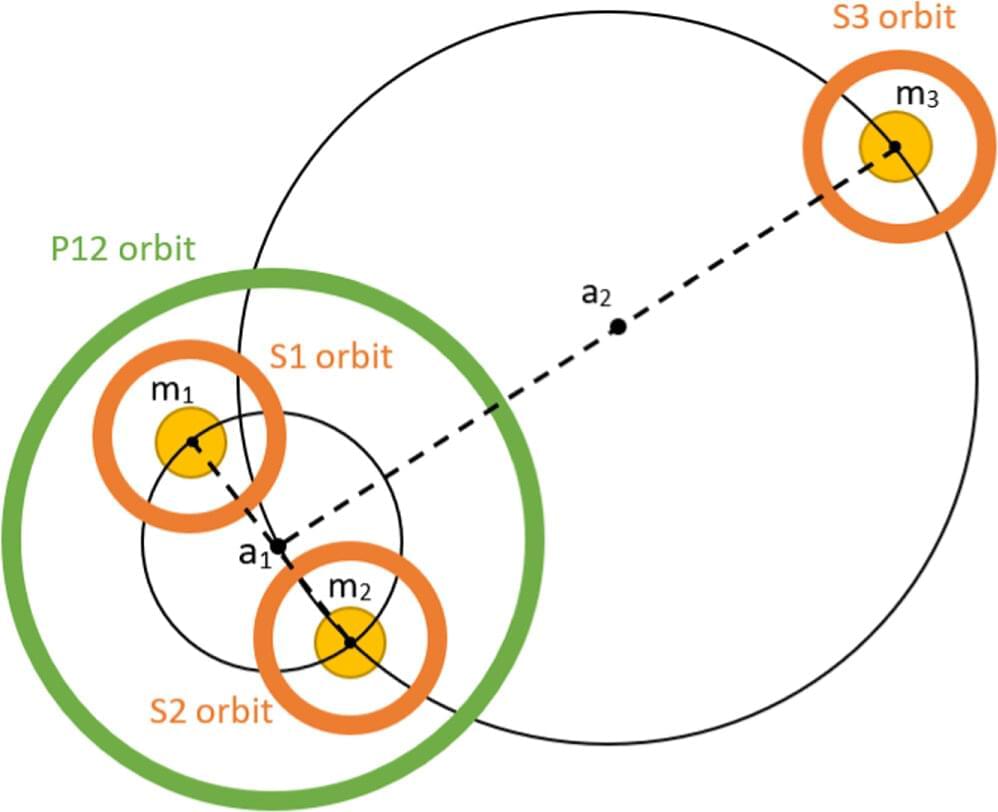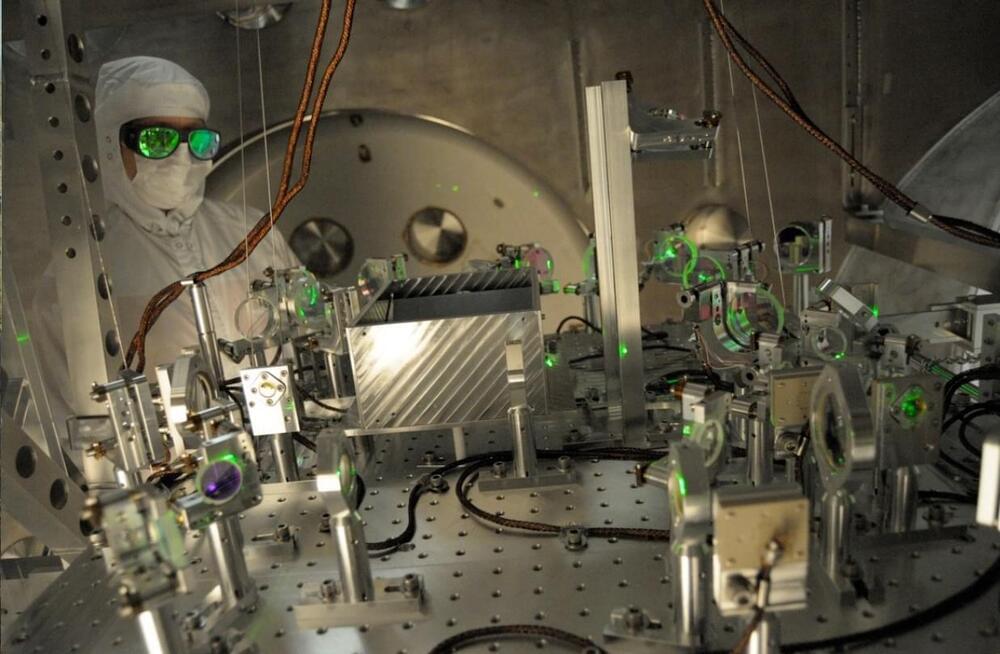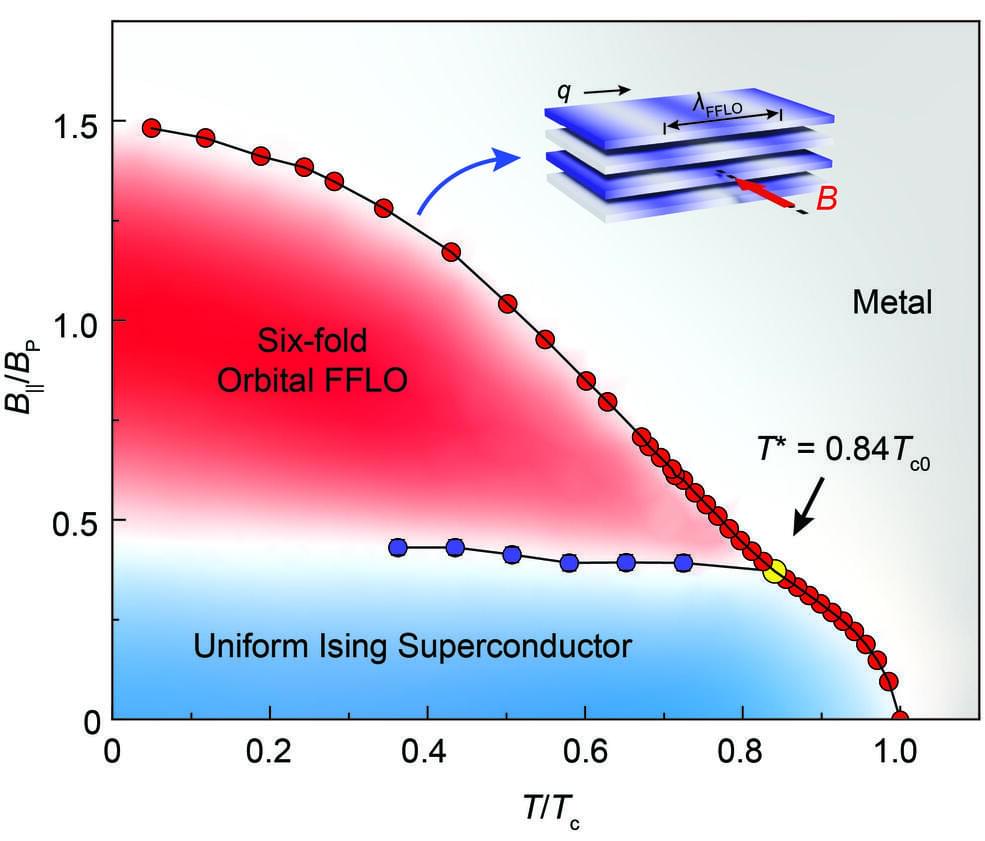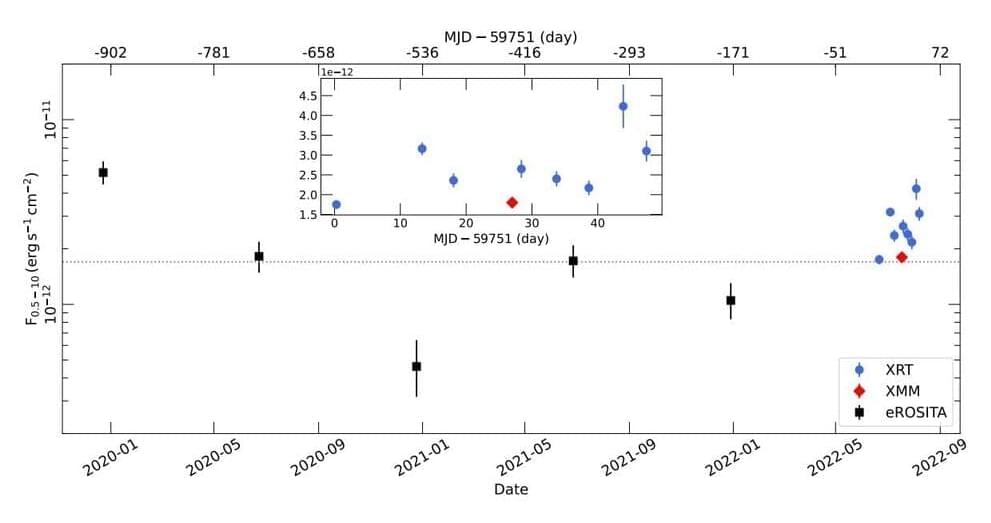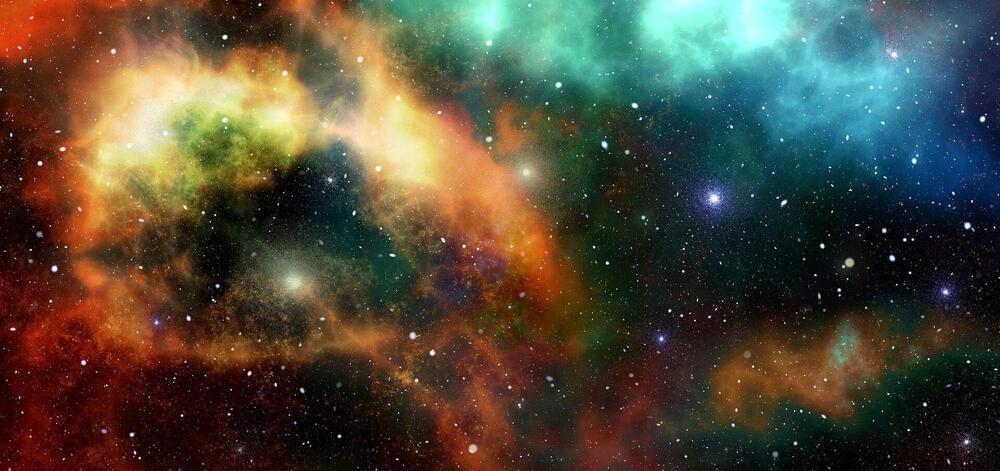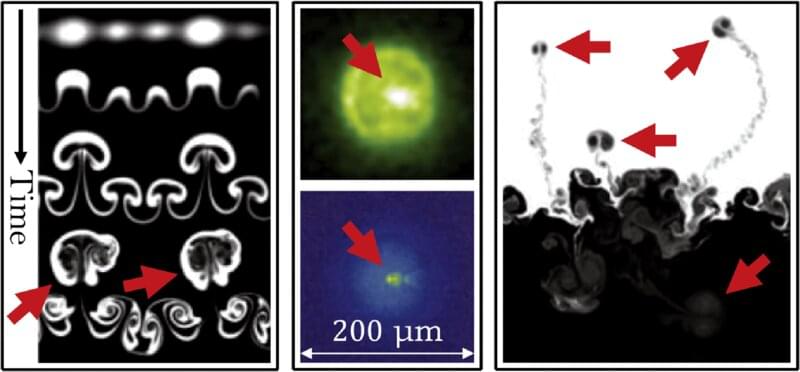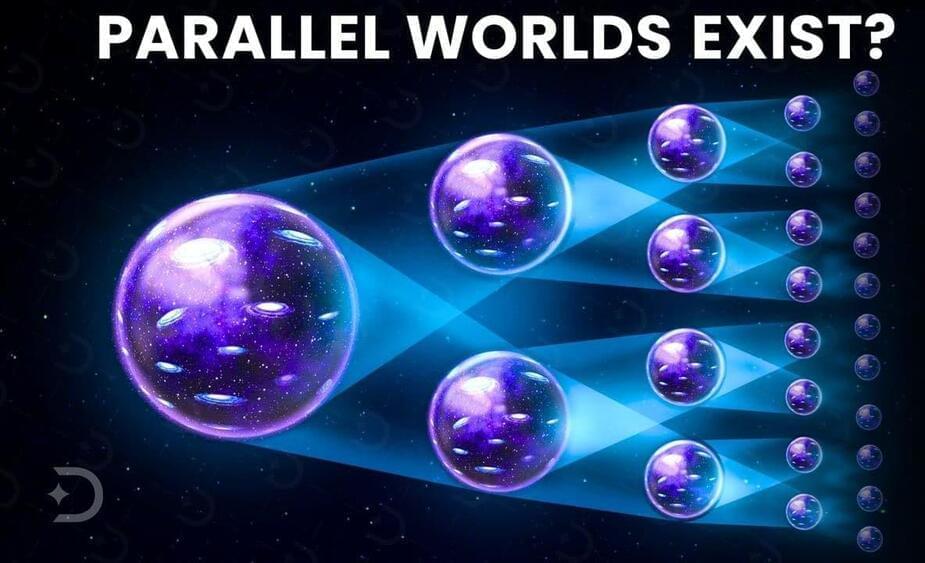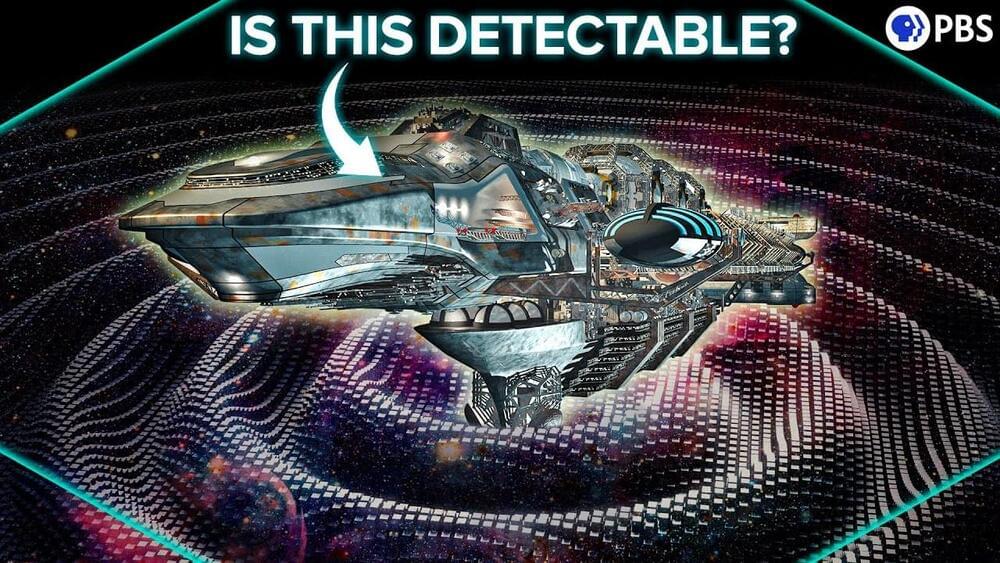May 27, 2023
Astrophysicists catalog all known planet-hosting, three-star systems
Posted by Genevieve Klien in categories: physics, space
A planetary physicist at The University of Texas at Arlington is the lead author of a study that catalogs all known planet-hosting, triple-stellar systems—those having three or more stars with planets.
Manfred Cuntz, professor of physics, led the project, titled “An Early Catalog of Planet-hosting Multiple-star Systems of Order Three and Higher.” This study provides a thorough bibliographic assessment of planet-hosting, triple-stellar systems.
It was recently published in The Astrophysical Journal Supplements Series. Co-authors include UTA alumni G.E. Luke, Matthew Millard and Lindsey Boyle, as well as Shaan D. Patel, a doctoral-bound graduate student.
